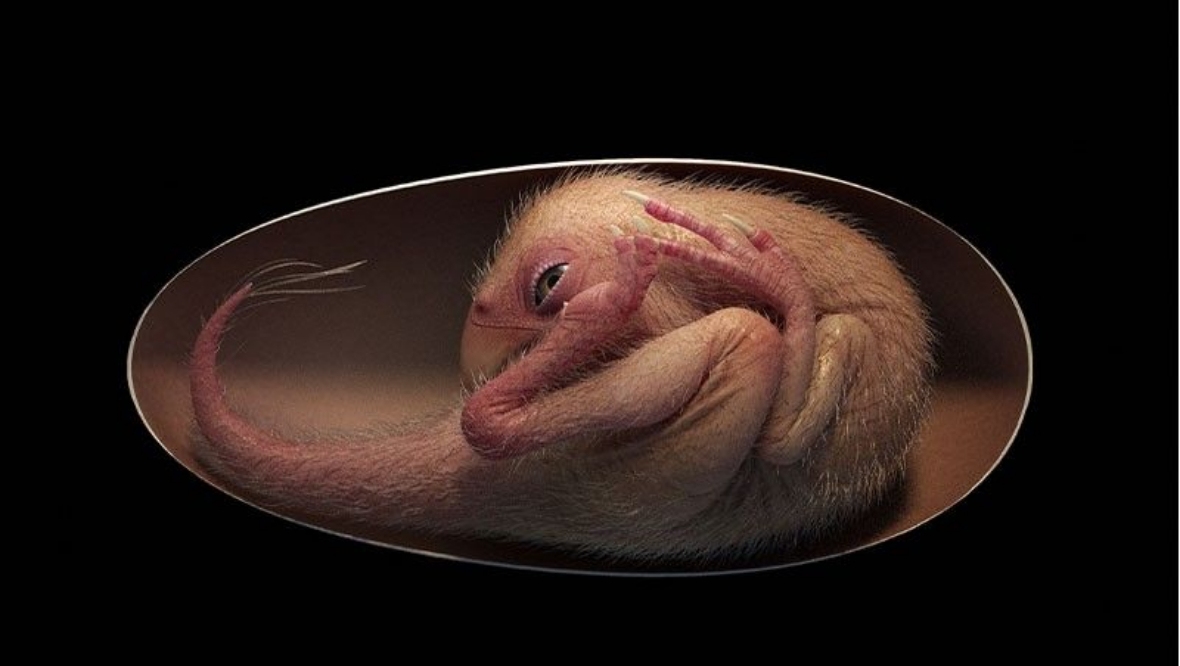Scientists have announced the discovery of an exquisitely preserved dinosaur embryo that has been found inside a fossilised egg.
The fossil – named ‘Baby Yingliang’ – was discovered in Ganzhou, southern China, and is believed to be between 66 and 72 million years old.
The 27cm embryo is believed to be an Oviraptorosaur, which was a feathered dinosaur that lived in what is now Asia during the late Cretaceous period.
Had the dinosaur lived to be an adult, it would have grown two to three metres long and would have likely fed on plants.
Baby Yingliang was discovered inside the egg with its head laying below the body, feet on either side and back curled – a posture unusual among dinosaurs but adopted by modern birds.
Named “tucking”, this stance adopted by birds is a behaviour controlled by the central nervous system that ensures hatching success.
The research team, made up of scientists from China, UK, and Canada, believe this discovery now suggests dinosaurs developed bird-like postures before they hatched.
University of Edinburgh Professor Steve Brusatte, part of the research team, said: “This dinosaur embryo inside its egg is one of the most beautiful fossils I have ever seen.
This little prenatal dinosaur looks just like a baby bird curled in its egg, which is yet more evidence that many features characteristic of today’s birds first evolved in their dinosaur ancestors.”
Follow STV News on WhatsApp
Scan the QR code on your mobile device for all the latest news from around the country


 Supplied
Supplied
























